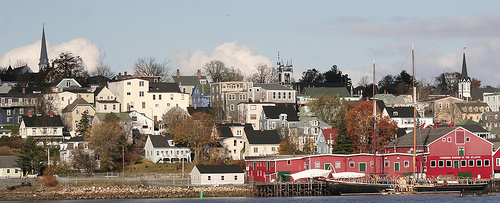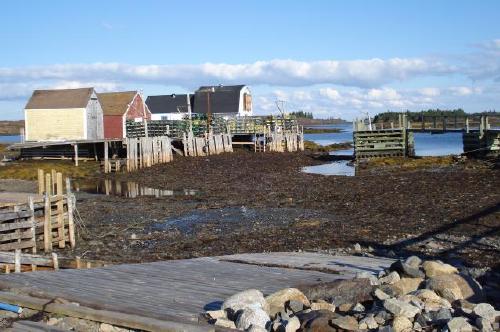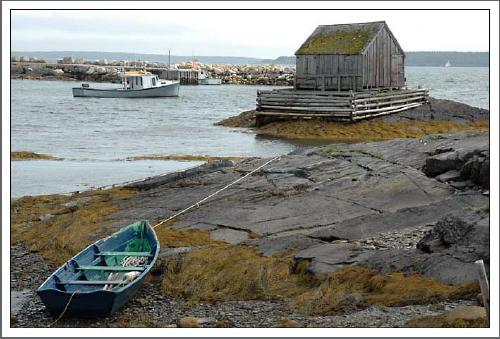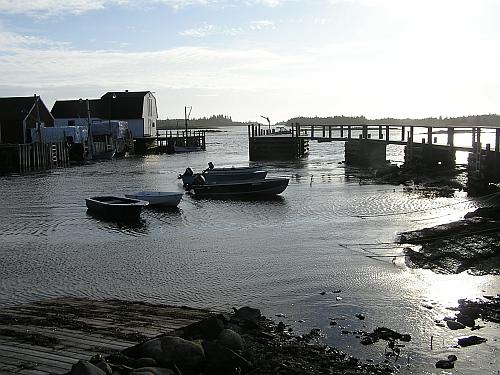A few comments and photos of Lunenburg from Bill (11/11/07)
Storm Noel hit the Maritimes last weekend and washed out some roads and knocked out power for a lot of the province - not much damage compared to its effects in Mexico. Hurricanes rarely get this far north into colder waters but Nova Scotia is often battered by gales and sometimes her ships get lost at sea.



1 - Lunenburg's Fisherman's Memorial - inscribed on the polished obelisks are the names of the hundreds of seamen and the dozens of ships that have been lost at sea
2 - A view from a local beach on Monday afternoon after Noel had passed.
3 - The Ovens - a nearby granite cliff which holds many ocean-level caves open to the sea. On a calm day you can explore the caves by kayak. On a rough sea day the waves breaking inside the caves roar like cannon fire.
Lunenburg was first settled mostly by German Protestants in 1750's. It soon became a town centered around fishing, shipping and ship building. Fishing reached its peak in the 1950's and 1960's and started to decline with the advent of the large scale floating fishing factories. However, there are still many boats afloat and at port.



1 - The Picton Castle leaves Lunenburg - this steel hulled barque sails around the world training young men & women. It was originally used as a mine sweeper during world war II. It sells goods that it has gathered worldwide at dockside when it returns.
2 - A scallop dragger - these ships stay out at sea for weeks processing and freezing the scallops on board. If you catch them when they return you can buy the freshest and most delicious scallops possible.
3 - The Bluenose - built in Lunenburg, this schooner was the fastest afloat during the 1920's & 30's. It was used in fishing, shipping and probably rum-running (probably for the Kennedy family). A duplicate of the original was constructed and now takes tourists on rides around the south shore of Nova Scotia.
There are many interesting buildings in Lunenburg. The original layout of the "old town" contains well preserved wooden houses dating from the 18th century. Because of this the town has been designated a UNESCO World Heritage Site.








